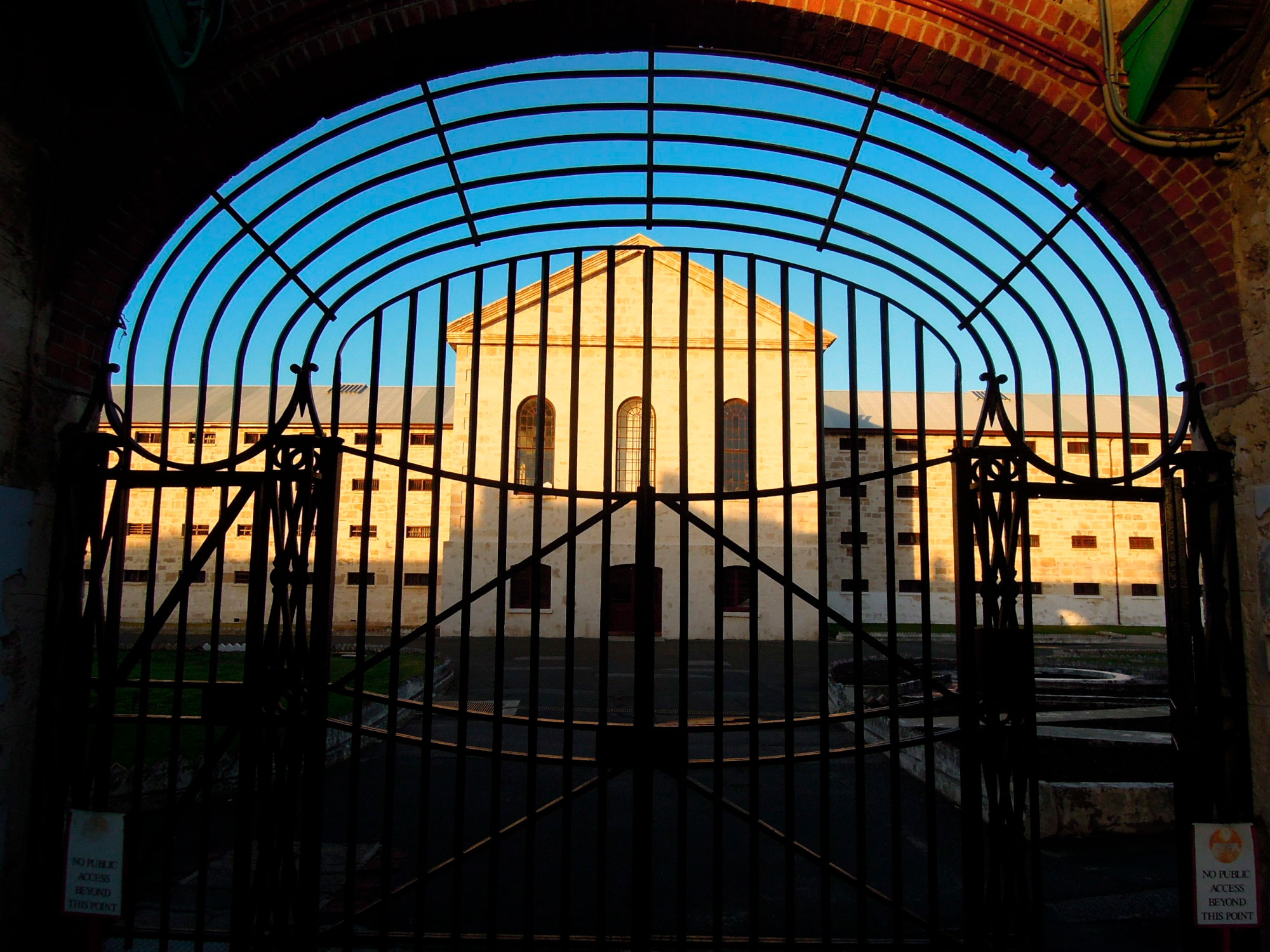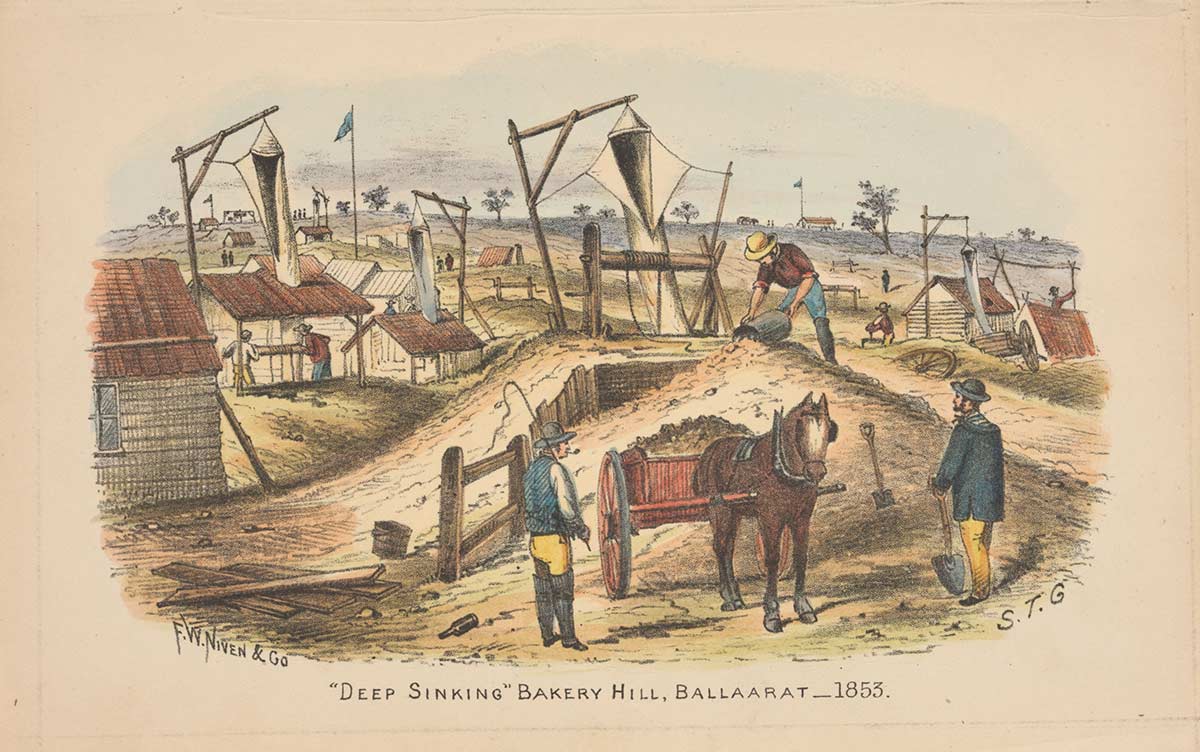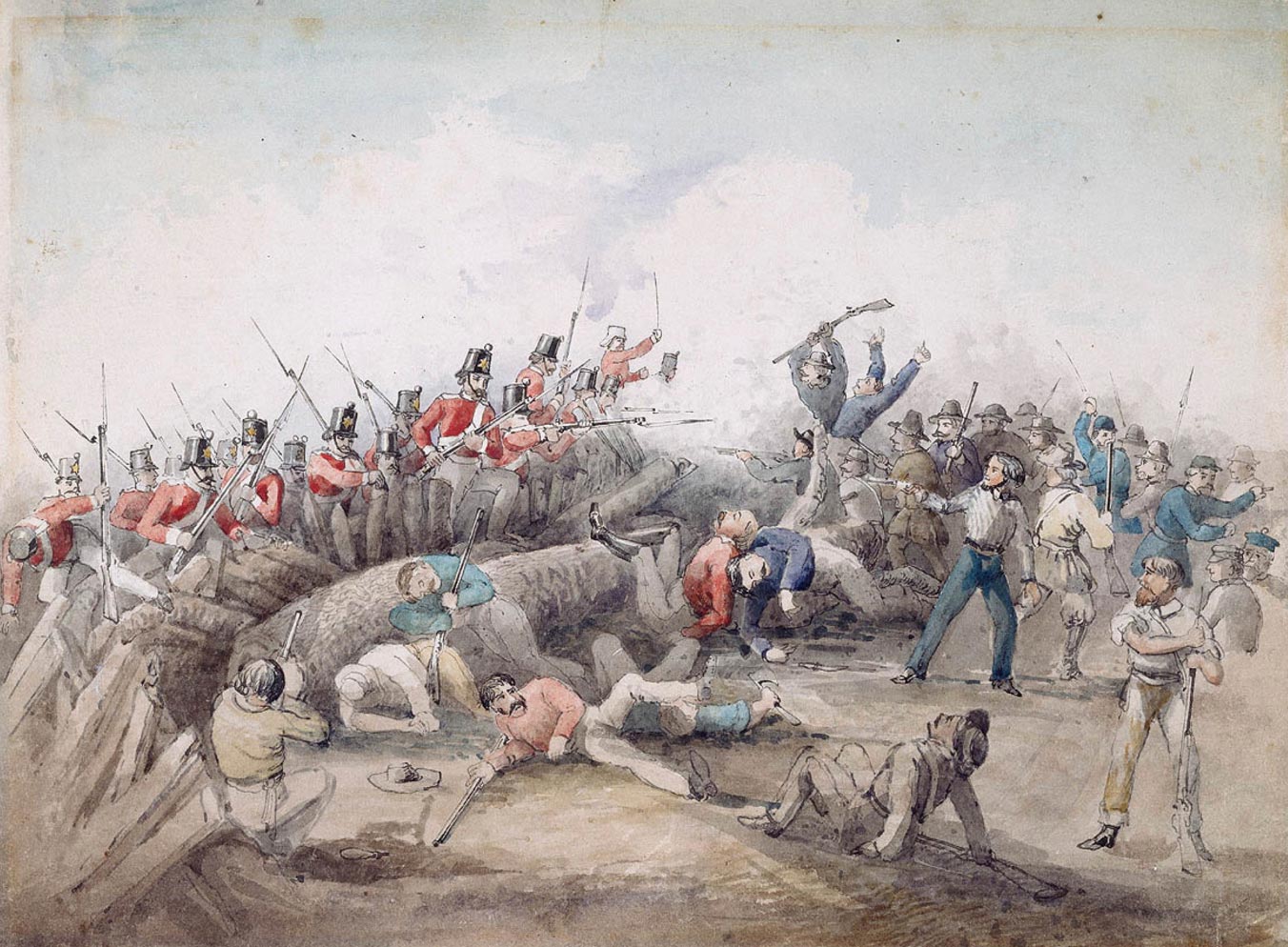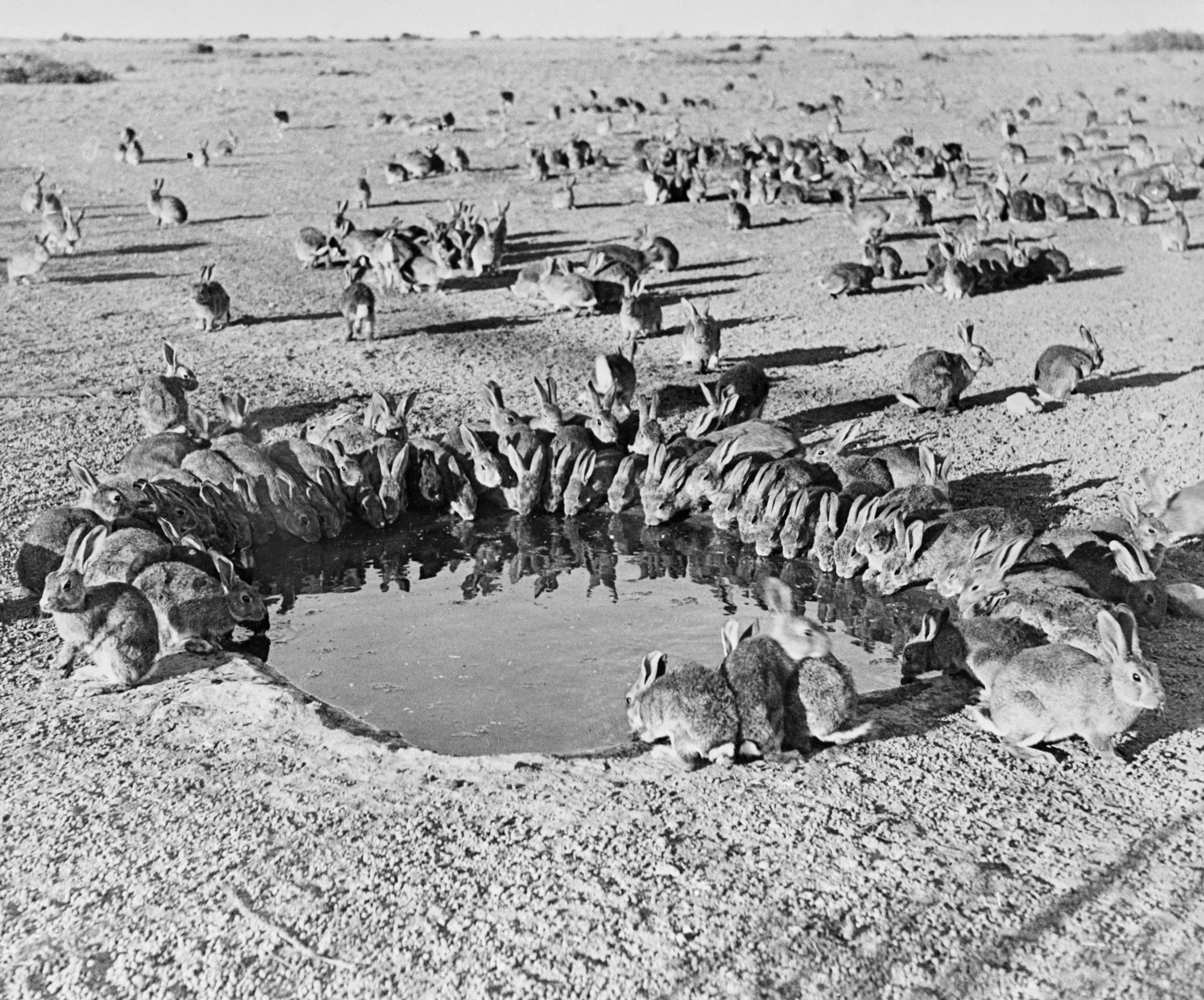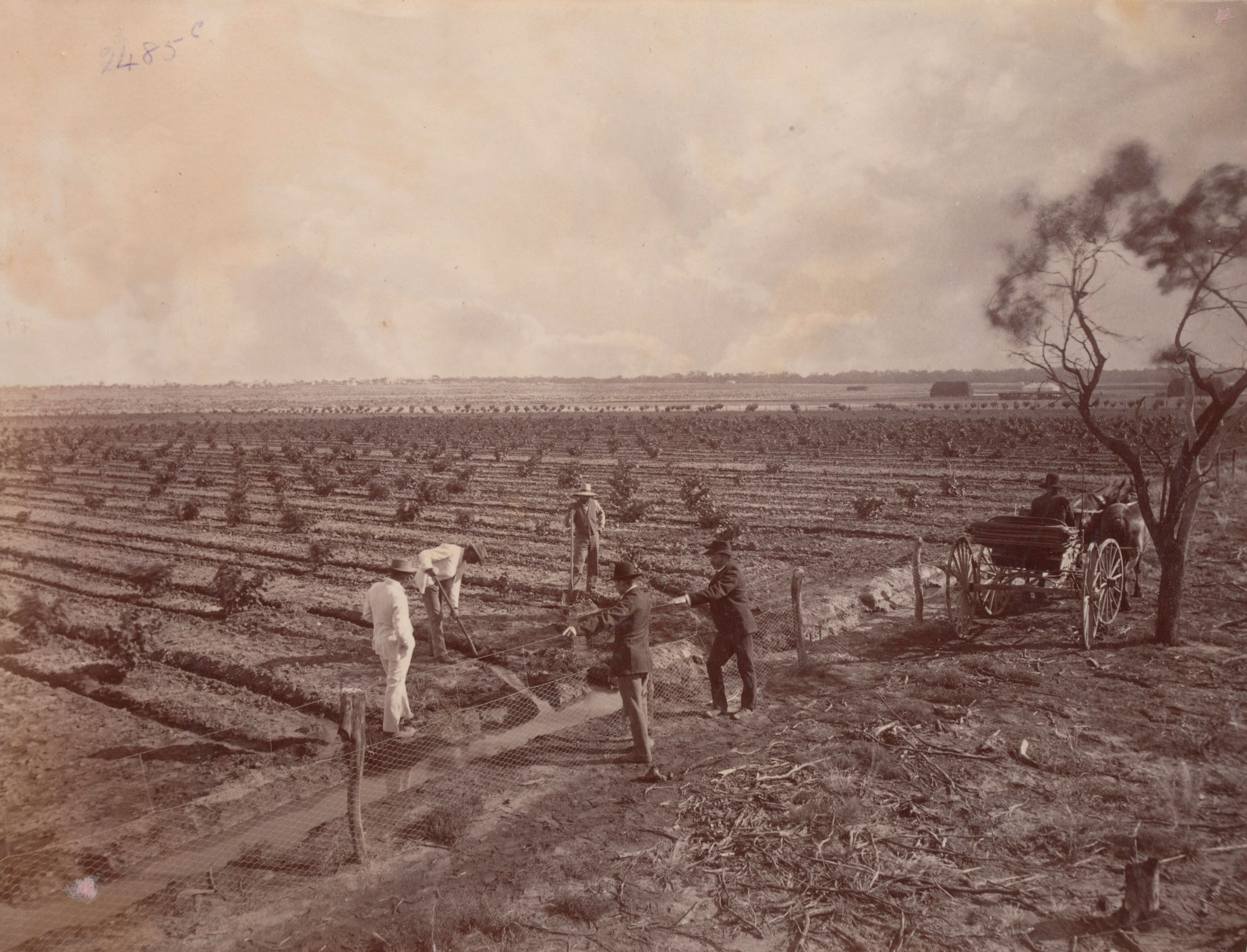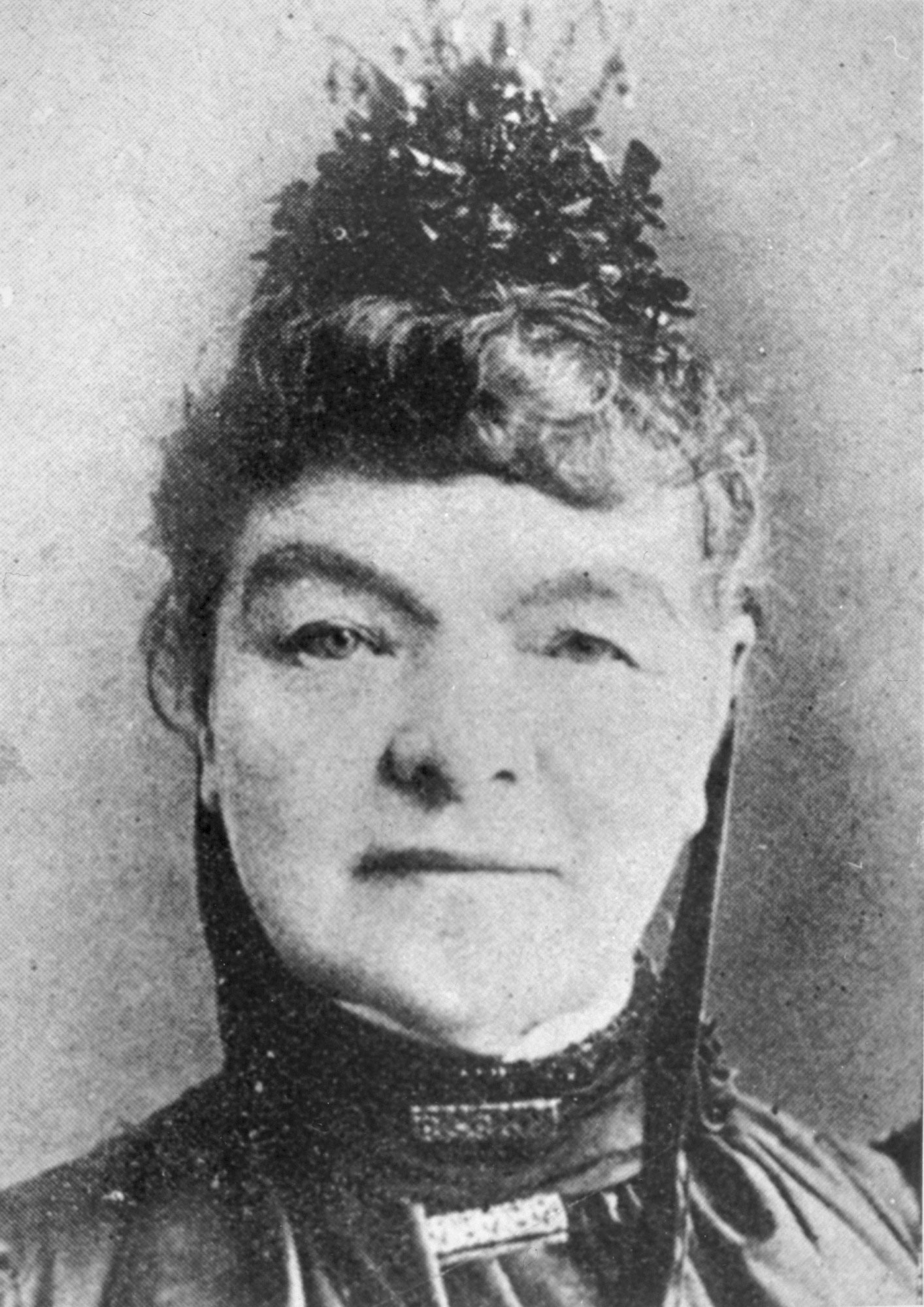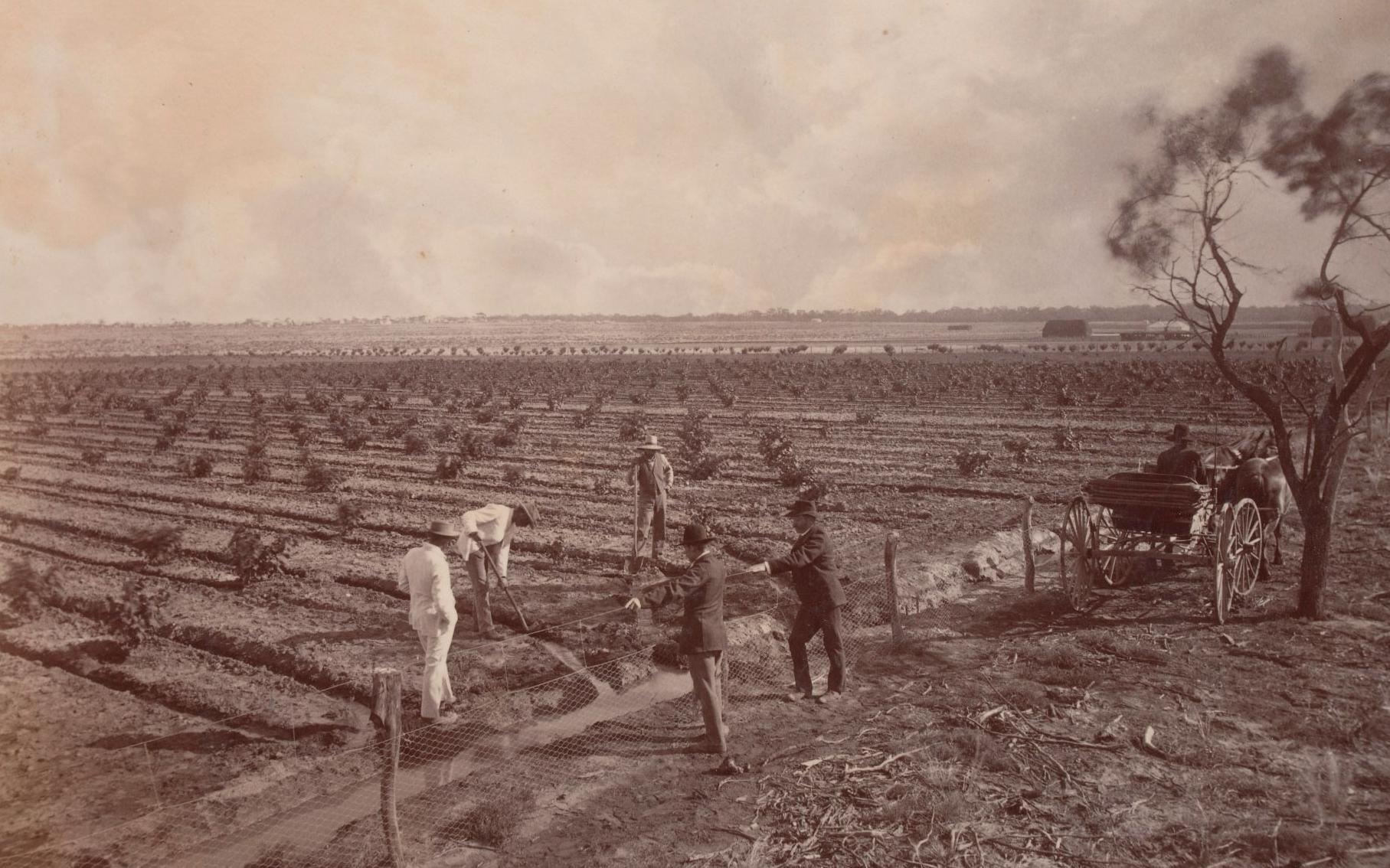Learning module:
Colonial Australia Defining Moments, 1788–1900
Investigation 1: What made us who we are today? Significant events in Australian history in the 1800s
1.12 Ned Kelly: ‘Hero or murderer?’
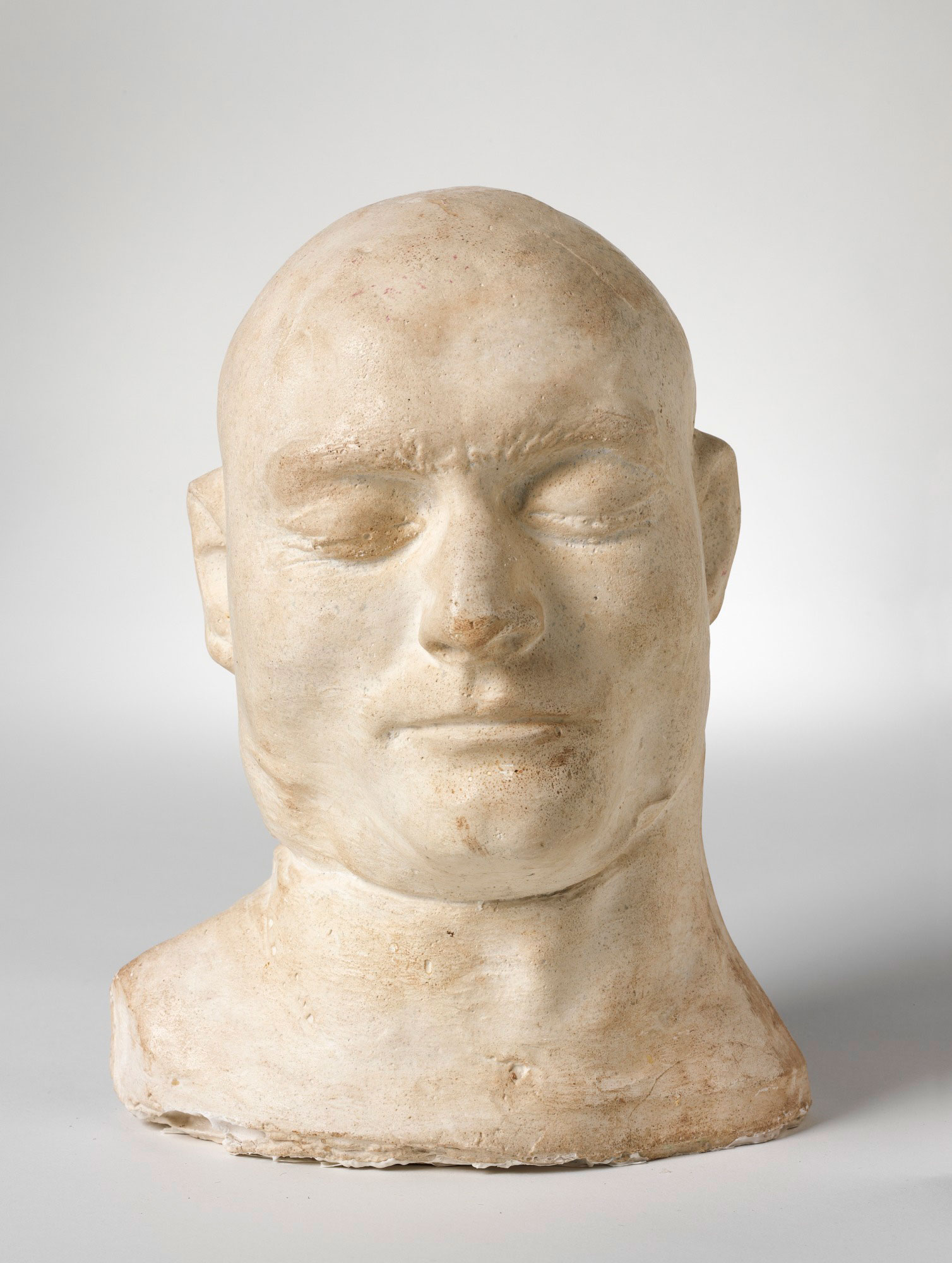
Think about this…
Ned Kelly was a ‘bushranger’ — a person who robbed others and spent his life escaping from the police.
He also killed three policemen.
There have been many films, songs and books about Ned Kelly. There is even an Australian saying: ‘to be as game [brave] as Ned Kelly’.
To some he is a hero; to others he is a murderer, even a terrorist. You can work out your own ideas about this man.
Your task is to go through each evidence file and answer the questions.
|
Meet Ned Kelly |
A family of criminals |
Trouble with the police |
Murder at Stringybark Creek |
Support for the Kelly gang |
|
The plan |
The final shoot-out |
Ned Kelly’s trial and execution |
Kelly Gang’s legacy |
Evidence file A
Meet Ned Kelly
Ned Kelly was born in Beveridge, a small town north of Melbourne, probably in 1854. His parents were Ellen Quinn and John ‘Red’ Kelly. Red was an Irish convict transported to Australia for stealing pigs. He married Ellen, a free migrant and also Irish, after he had been freed.
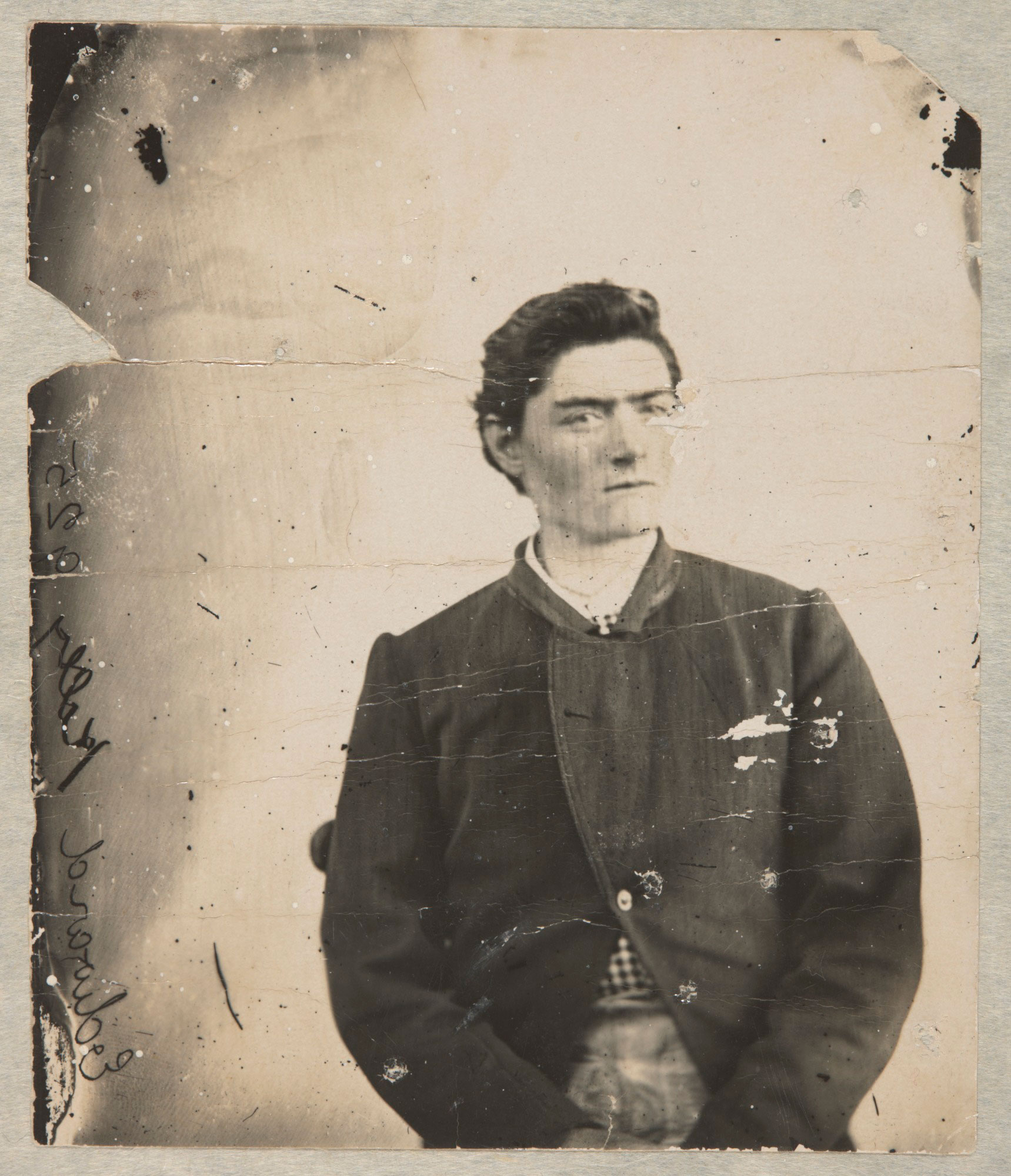
2. Describe Ned Kelly
Evidence file B
A family of criminals
The Kelly family were poor farmers who made extra money by stealing cattle and horses. At age 16 Ned served three years in prison with hard labour for his involvement in a horse theft. On his release Ned formed the Kelly Gang, involving Ned, his brother Dan and their friends Joseph Byrne and Steve Hart. All lived near Greta (close to Beechworth, in north-eastern Victoria), and all four had criminal records.
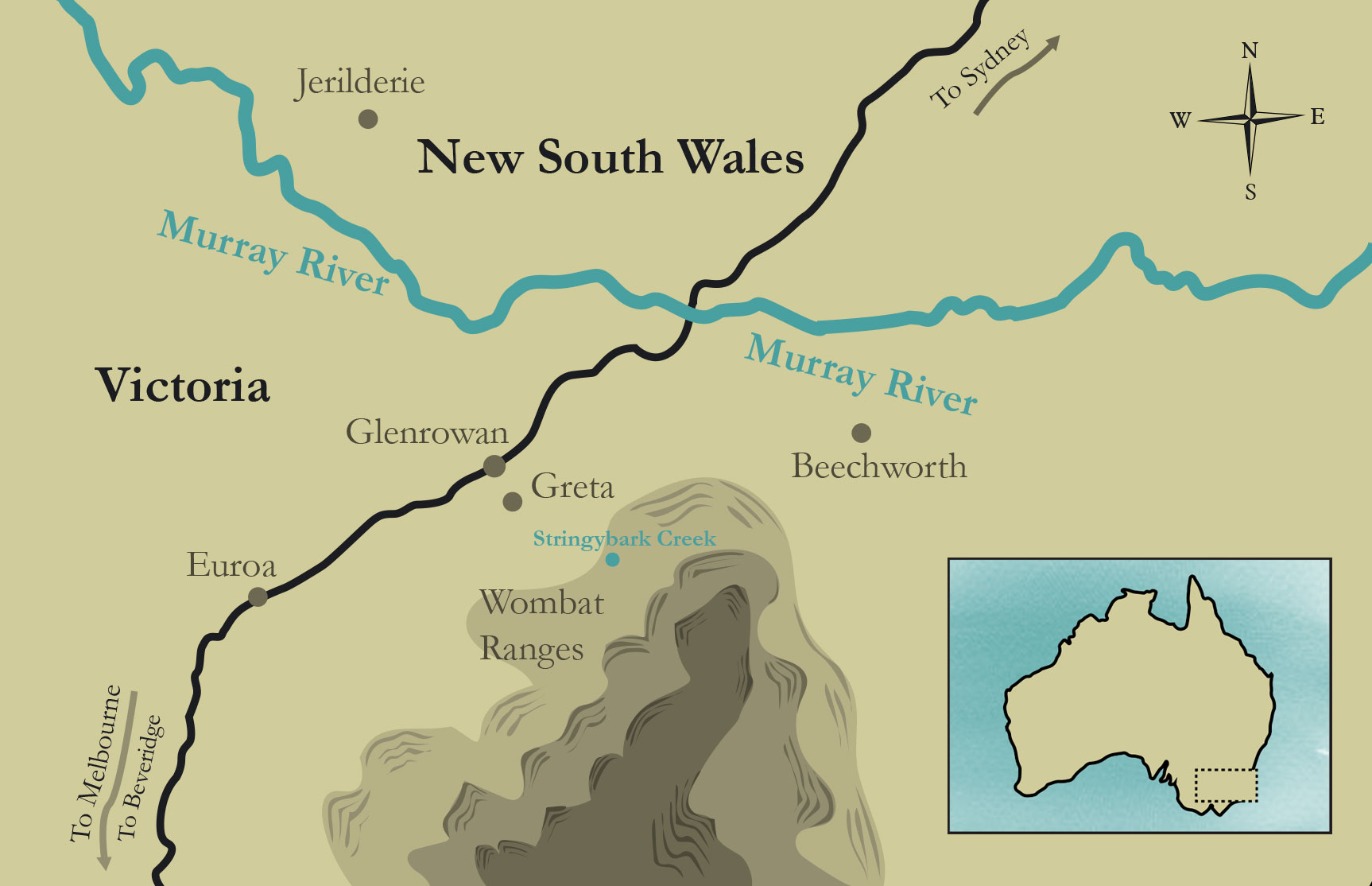
Evidence file C
Trouble with the police
In 1878 police constable Fitzpatrick went to the Kelly farm to arrest 17-year-old Dan Kelly for horse theft. While Fitzpatrick was there he was reportedly offensive to 15-year-old Kate Kelly. This outraged the Kellys and in the fight that followed, Fitzpatrick was shot in the wrist. Fitzpatrick claimed that Ned was the shooter, but the shooter’s identity was never confirmed.
The Kelly brothers, joined by Byrne and Hart, now fled into the nearby thick bush of the Wombat Ranges.
The police arrested Ellen Kelly for helping her sons to escape. Ellen was convicted and sent to jail for this crime for three years, with her newborn baby. The Kellys believed that this was unfair.
Evidence file D
Murder at Stringybark Creek
On 26 October 1878, Victorian police Sergeant Kennedy and constables McIntyre, Lonigan and Scanlon, camped at Stringybark Creek while searching for Ned and his gang.
The Kelly gang came upon the police camp and held up Scanlon and McIntyre who were waiting for Lonigan and Kennedy to return from hunting for food. Scanlon refused to surrender and fired at Ned Kelly. Ned shot and killed him.
When Lonigan and Kennedy returned to camp they were challenged by the gang, and during the gunfight that followed both were killed. McIntyre managed to escape and alerted the local police.
After the deaths at Stringybark Creek, the four members of the Kelly Gang were declared outlaws. That meant that they could be shot on sight.
Evidence file E
Support for the Kelly gang
Despite their status as murderers and outlaws, the Kelly Gang enjoyed the support of some of the public. Some people saw the Kelly Gang as standing up for the rights of the common man, and against government and police corruption. Others saw them as thieves and murderers.
Evidence file F
The plan
Over the next three months, the gang robbed banks in Euroa and Jerilderie.
In 1880, fed up with life on the run, the Kelly Gang organised an attack on Victorian police at the town of Glenrowan. They murdered Aaron Sherritt, a friend whom they believed had become a police informant. They knew that the police would send extra officers by train to Glenrowan from Melbourne to chase them. The gang planned to derail the train while it was travelling at high speed, possibly endagering everybody aboard.
On the night of 26 June, the gang killed Sherritt, rounded up many local Glenrowan residents and held them in a hotel, and forced some local workers to destroy the rail line.
One of the hostages was allowed to leave, and he warned the train driver before it ran off the broken rails.
Evidence file G
The final shoot-out
At around 3am on 28 June, officers from the train surrounded the Glenrowan Inn. The gang put on their home-made armour and prepared to fight. As the gang stepped out of the inn, the large group of police opened fire. Stray bullets injured many of the captives inside the building. Eventually, the gang released the women and children hostages.
Ned Kelly retreated to bushland behind the hotel, intending to circle behind police and attack them. Joe Byrne was shot, but Dan Kelly and Steve Hart continued shooting at police from inside the inn.
At dawn on 28 June, Ned, wearing his armour, appeared out of the darkness behind the police, and began shooting. After a brief gunfight, police shot Ned in his unprotected legs. Dan and Steve released the last hostages. The police set fire to the inn. Dan Kelly and Hart died in the last hour of the siege. It is unclear if they were shot by police, or took their own lives to avoid surrendering or being burned alive.
Ned’s wounds were treated and he was taken to Melbourne.
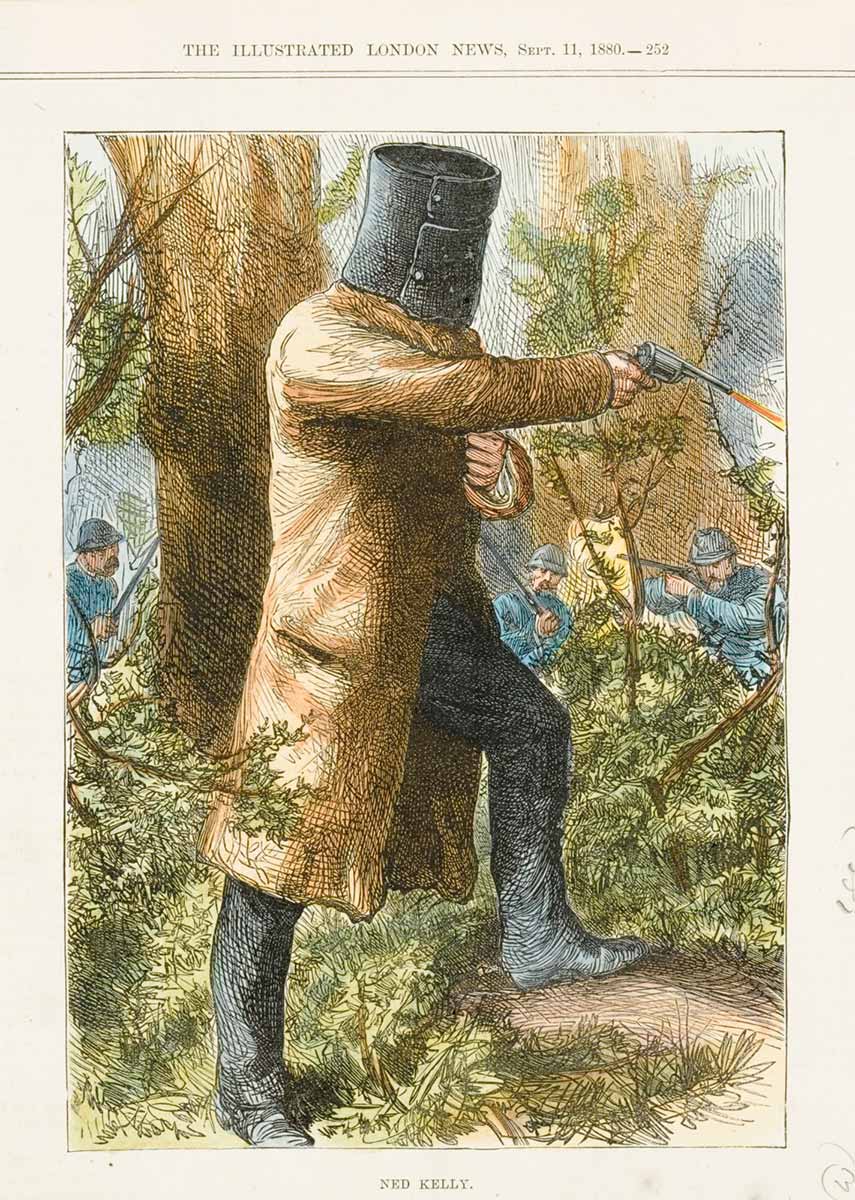
3. Describe what is happening in this drawing.
4. The Ned Kelly story is very dramatic. Why would people who make films, books or songs find this appealing?
5. Arrange the events found in evidence files C to G into the correct order to tell the story of the Kelly gang.
Evidence file H
Ned Kelly’s trial and execution
Ned Kelly was tried in Melbourne in October 1880.
He was found guilty of the murder of Constable Thomas Lonigan.
He was hanged at Melbourne Gaol at 10am on 11 November 1880.
6. Ned Kelly did not give testimony in his defence at the trial. What do you think he might have said if he had chosen to speak?
Evidence file I
Kelly Gang’s legacy
To some people Ned Kelly and the Kelly Gang are Australian folklore heroes. Their home-made suits of armour and their reputation as ‘underdogs’ have given them a romantic image. Others, however, regard them as thieves and murderers.
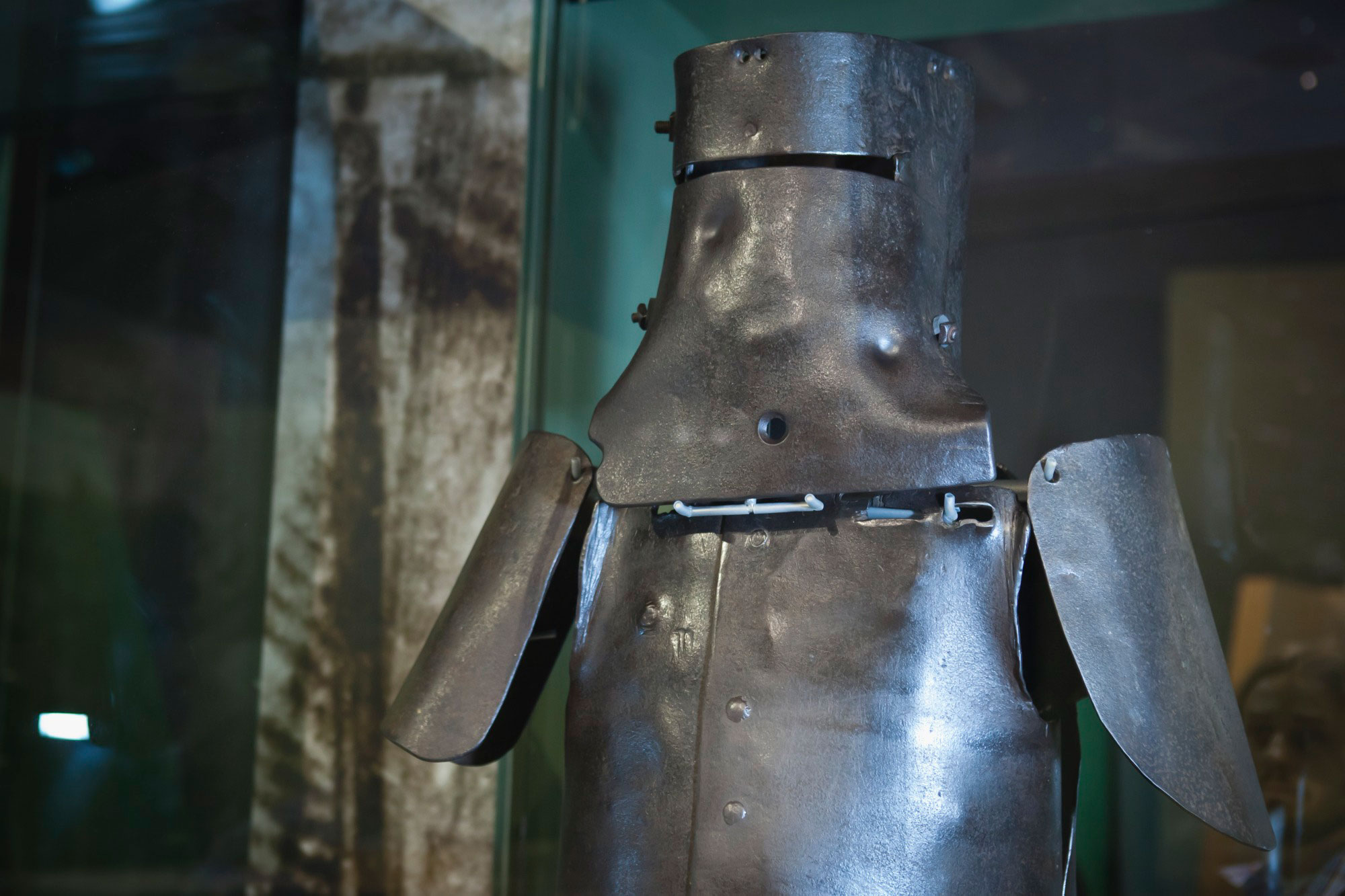
Conclusion
7. Think about everything you have learned in this investigation. (a) What happened? (b) When? (c) Where? (d) Why?
8. Do you think Ned Kelly is important in Australian history? Why?
9. If you could ask Ned Kelly five questions, what would they be?
The National Museum of Australia has many objects on display. These objects are associated with the story of a person, place, event or idea, and help us understand more about that story.
The National Museum of Australia has this Ned Kelly object — it is a death mask, made after he was hanged.

10. Create a short caption that explains Ned Kelly's story to visitors.
11. Give one argument why Ned Kelly could be considered a hero, and one argument why he could be considered a criminal.
12. Weighing up the evidence, which do you think he was? Explain your reasons.
Finding out more
To find out more go to: 1880 Hero or criminal? — Ned Kelly's last stand
Read about the world’s first feature film, The Story of the Kelly Gang, first shown in 1906.
Watch this short clip from the original 1906 film The Story of the Kelly Gang.
You can also read more about Ned Kelly in: Robert Lewis in association with the National Museum of Australia, The Story of Australia, Random House Australia, North Sydney, 2017, chapter 4.







